How Is Sol Lewitt’s Line In Wall Drawing No. 681 C Best Described?
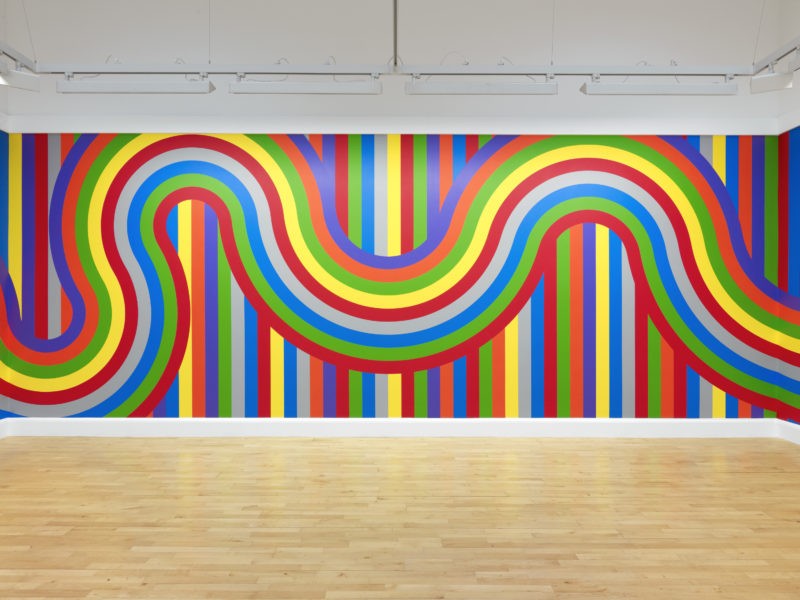
- 1 Sol LeWitt's Wall Drawings
- 1.1 1,350 Wall Drawings in four decades
- 1.2 Why did Sol LeWitt let others paint his ideas?
- 1.3 The different types of Wall Drawings
- 1.4 Sol LeWitt: Anyone can do art
- 2 Sol LeWitt's instructions
- 2.1 Instructions open to interpretation
- 2.2 What the instructions entailed
- 3 About the Artist
- 3.1 Why is Sol LeWitt important?
- 3.2 Video: How did Sol LeWitt work?
- 4 Wall Drawings
- 4.1 1970s
- 4.2 1980s
- 4.3 1990s
- 4.4 2000s
Sol LeWitt's Wall Drawings
1,350 Wall Drawings in four decades
Over the course of his prolific and influential career, Sol LeWitt (1928–2007) produced approximately 1,350 wall drawings, comprising approximately 3,500 installations at more than 1,200 venues.

Why did Sol LeWitt let others paint his ideas?
Early in his career, Sol LeWitt began to have others help execute his wall drawings. Wall Drawing 16 was first drawn by a draftsman, which helped LeWitt realize his work according to his instructions and diagrams, addressing practical concerns such as the time-consuming nature of the drawings.
More significantly, however, this choice articulated LeWitt's belief that the conception of the idea, rather than its execution, constitutes the artwork. He also rejected the traditional importance assigned to the artist's own hand.
The artist executed the earliest wall drawings within a square, usually four by four feet (122 x 122 cm) wide, but by 1969 he was using the entire wall, starting with Wall Drawing 16.
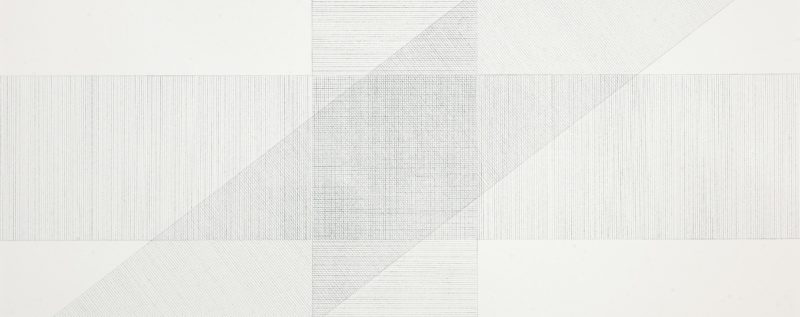
The different types of Wall Drawings
Forms may appear to be flat, recede into space, or project into the viewer's space, while others meld into the structure of the wall itself. The drawings range from:
- Layers of straight lines meticulously drawn in black graphite pencil lead
- Rows of delicately rendered wavy lines in colored pencil
- Bold black-and-white geometric forms
- Bright planes in acrylic paint arranged like panels of a folding screen
- Sensuous drawings created by dozens of layers of transparent washes
- A tangle of vibratory orange lines on a green wall
- And many more
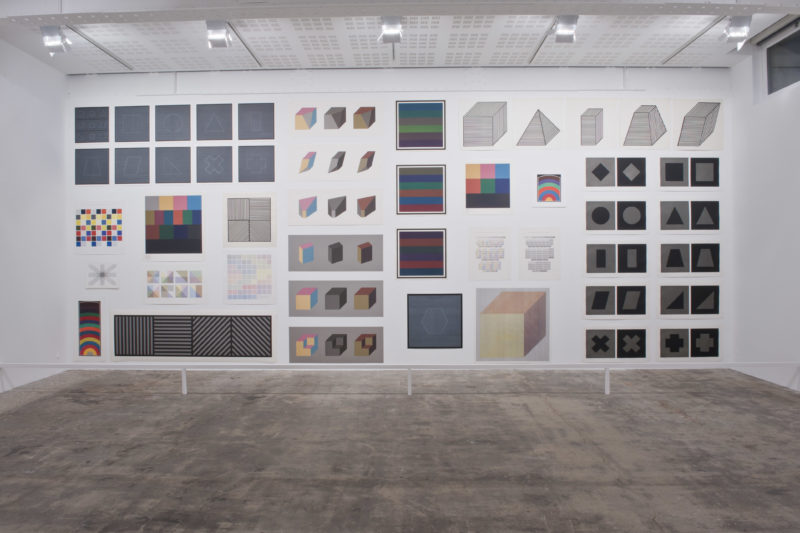
Sol LeWitt: Anyone can do art
Since Sol LeWitt did not like public speaking, when he visited and lectured at the School of the Museum of Fine Arts in Boston in 1971, he did not want to lecture the students and instead opted to create a drawing with them. The wall drawing that ensued, as a result, included poetic-styled instructions for a wall drawing.
Sol LeWitt thought that anyone could do art, but the quality depended on the idea from which art was generated. As such, writing down instructions for interpretation to create their own version of a wall drawing was an important part of the creating process.
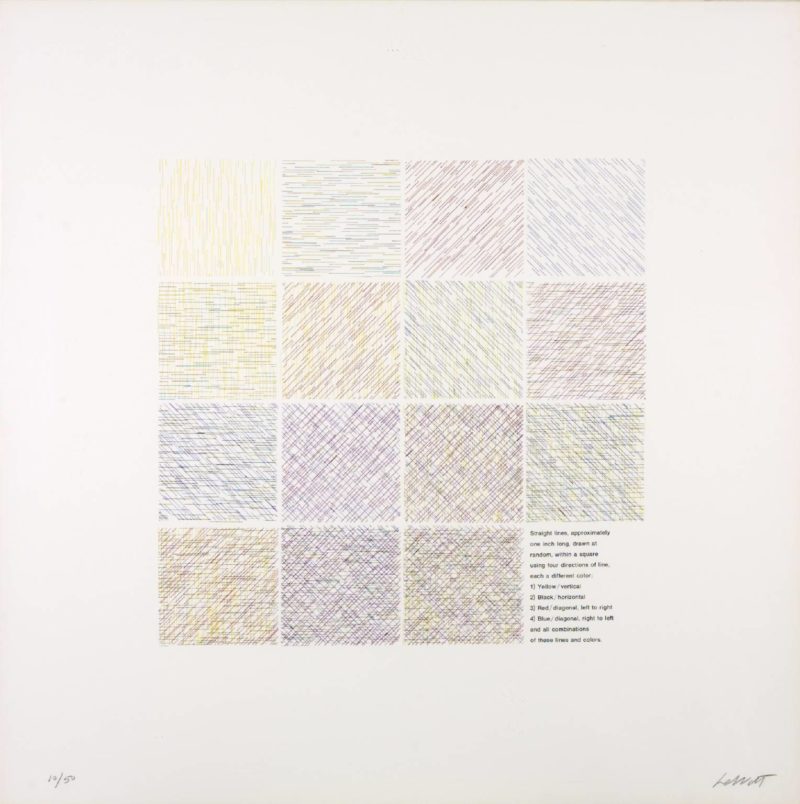
Sol LeWitt's instructions
Early in his career, Sol LeWitt started using the instructions to define his incredible conceptual wall drawings, representing the ideas that became a work of art in itself.
Following the idea of conceptualism or conceptual art 1 where the main concern is the artist's ideas, Sol LeWitt started his wall drawings with an idea put into words as instructions. Sol LeWitt focused on the concept over construction and hence created his most renowned instruction-based artworks.
Instructions open to interpretation
Based on this focus, Sol LeWitt believed that the artist's idea was a work of art in itself and could be considered a blueprint such as that developed by an architect and based on the idea, other people could interpret it and make it.
He transformed the artistic process elements into works of art themselves. His most recognizable series, his wall drawings, are an installation created from his unique instructions. The instructions were not as precise as blueprints but were open to interpretation by creators.
What the instructions entailed
Sol LeWitt's instructions consisted of directions for the production of a work of art itself and a refined vocabulary of visual art hinting at architectural specifications and mathematical equations. As such, the directions also included basic colors, lines and simplified shapes employed according to his own invented formulae.
The instructions were relatively simple and since they are open to interpretation, no two artworks created by different artists based on the same instructions by Sol LeWitt are the same.
About the Artist
Sol LeWitt was a renowned American conceptual artist and painter, born in 1928 and died in 2007. Best known for his colorful Wall Drawings, which is an exploration between the architecture and the work itself, he prided himself in the creation of art, not in its meaning or material formulation.
He served in the Korean War and after opened a studio in NYC working at Seventeen magazine 2 to explore his interest in creating designs.

Why is Sol LeWitt important?
LeWitt, who stressed the idea behind his work over its execution, is widely regarded as one of the leading exponents of Minimalism and Conceptual art and is known primarily for his deceptively simple geometric structures and architecturally scaled wall drawings.
His experiments with the latter commenced in 1968 and were considered radical because this new form of drawing was purposely temporary and due to the collaborative element.
Video: How did Sol LeWitt work?
Sol LeWitt how he worked and what kind of man he was, as remembered by his former assistant Jeremy Zieman and the curator of the Sol Lewitt Collection, Janet Passehl.
4 min 2 sec
Wall Drawings
1970s

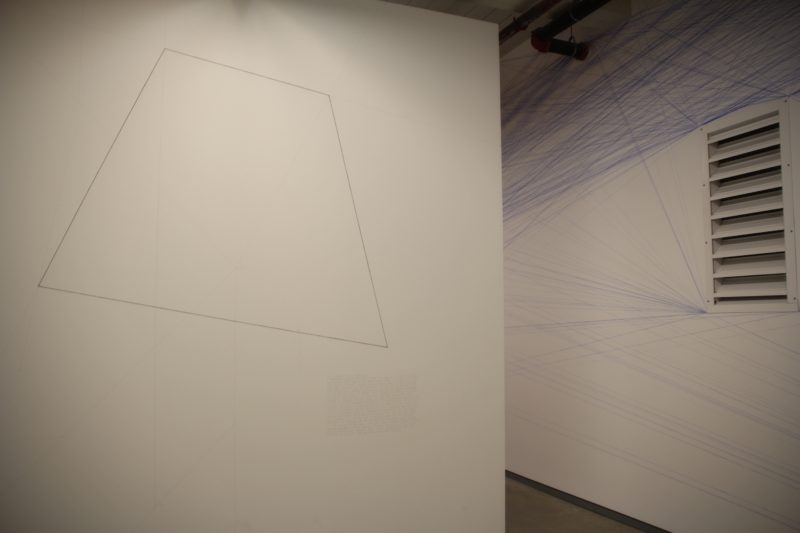
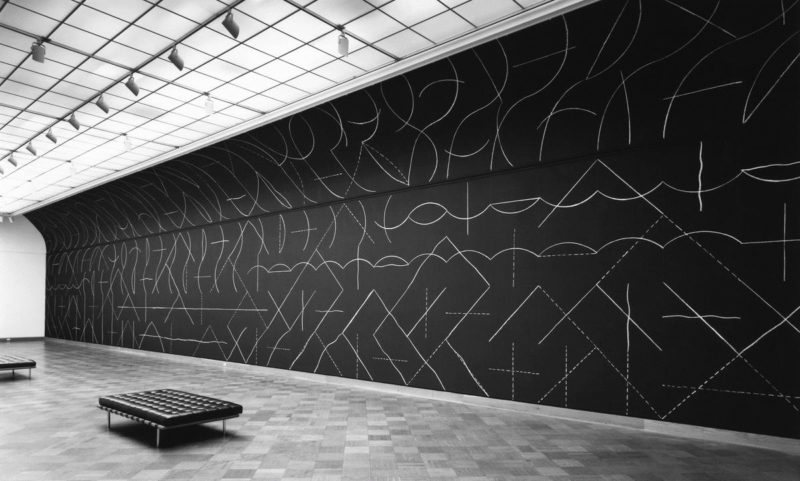
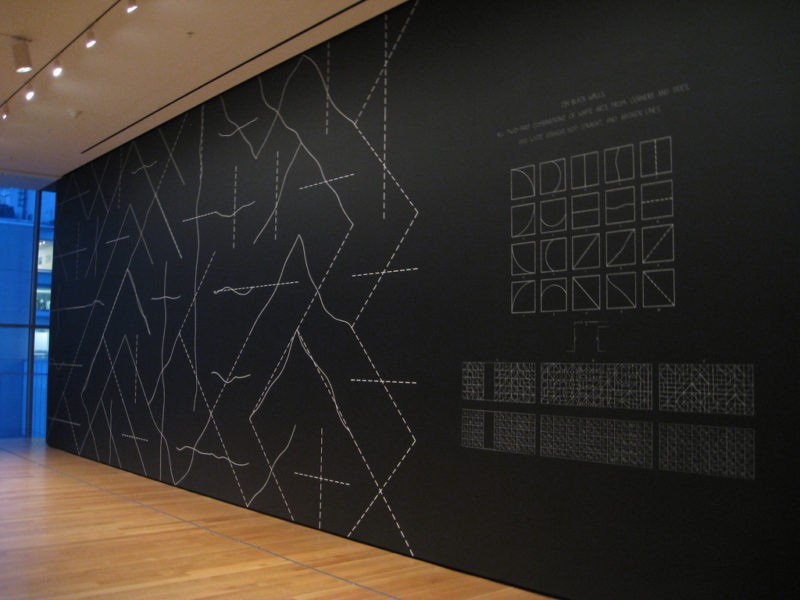
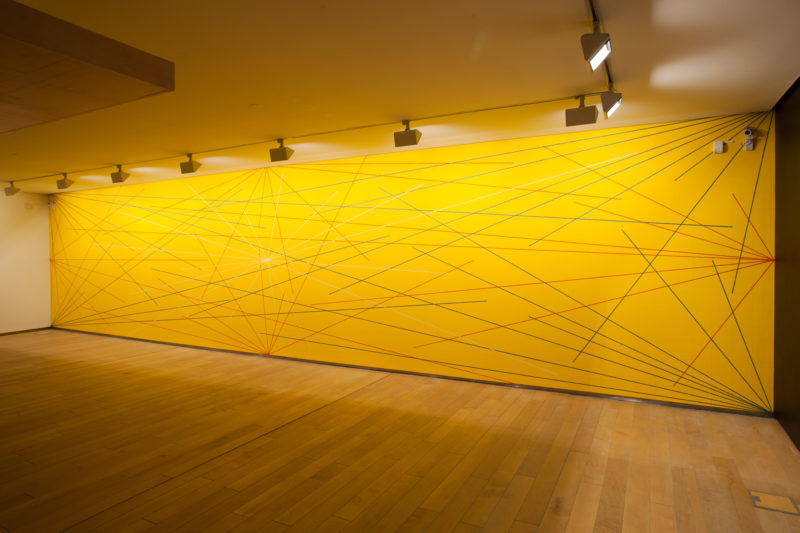
A six-inch (15cm) grid covering a yellow wall. Blue lines from the four corners, red lines from the midpoints of the four sides, white lines from the center to points on the grid.
1980s
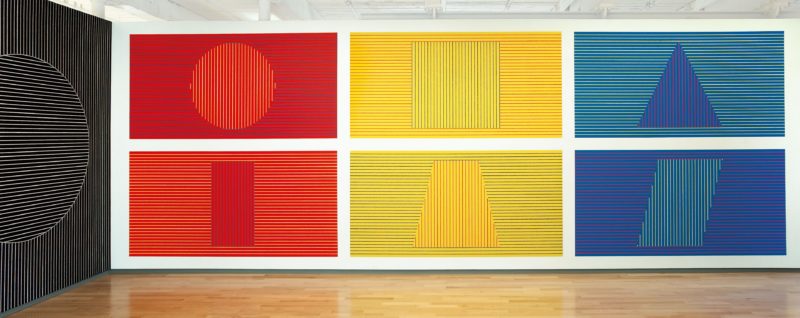
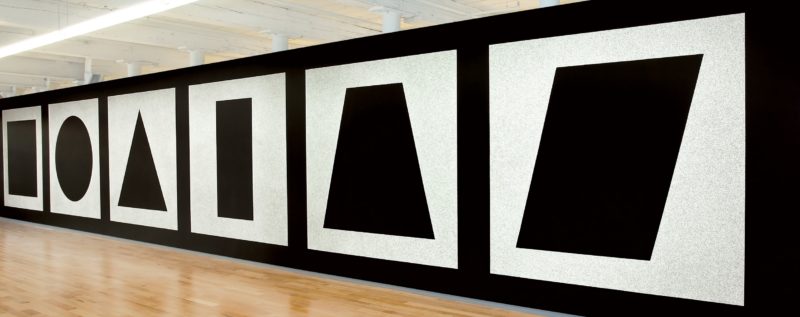

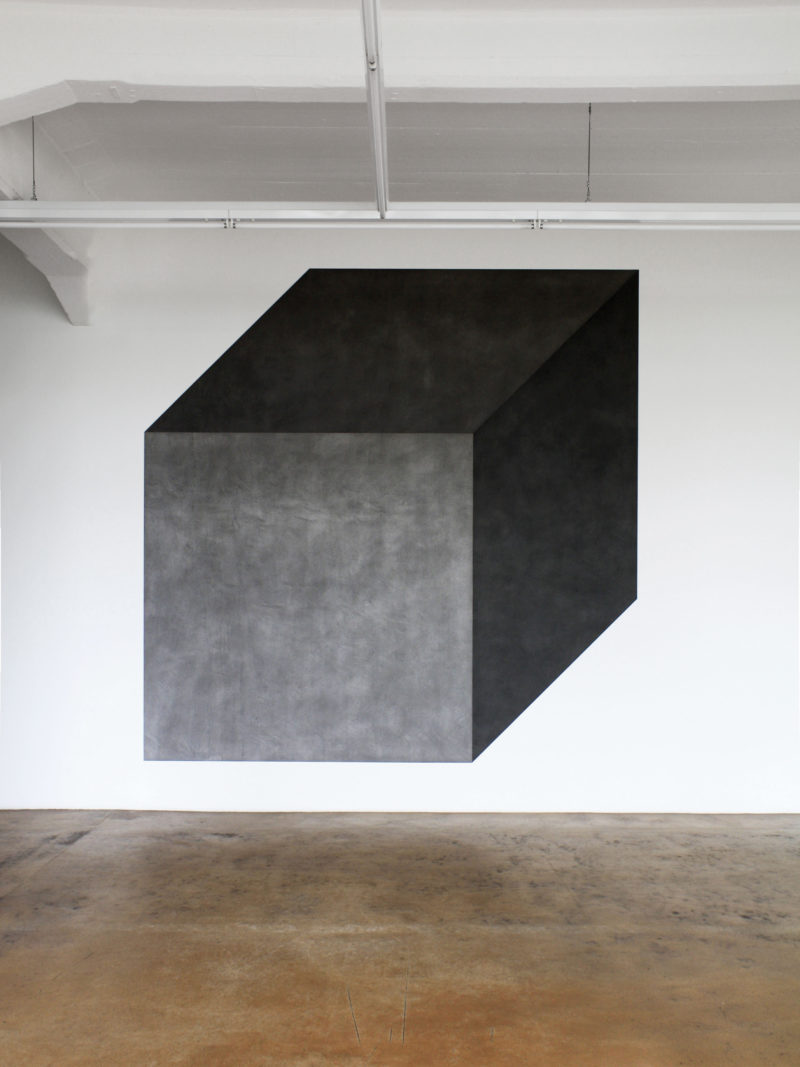
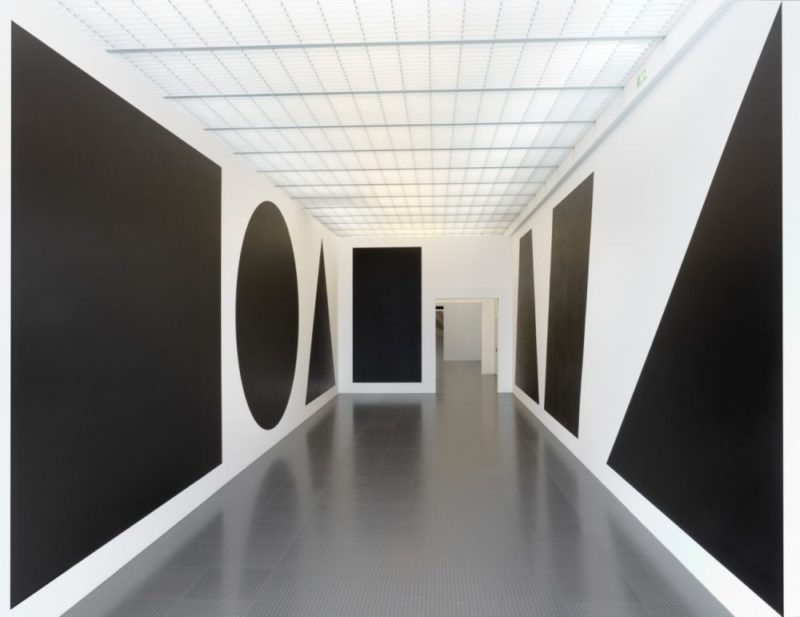
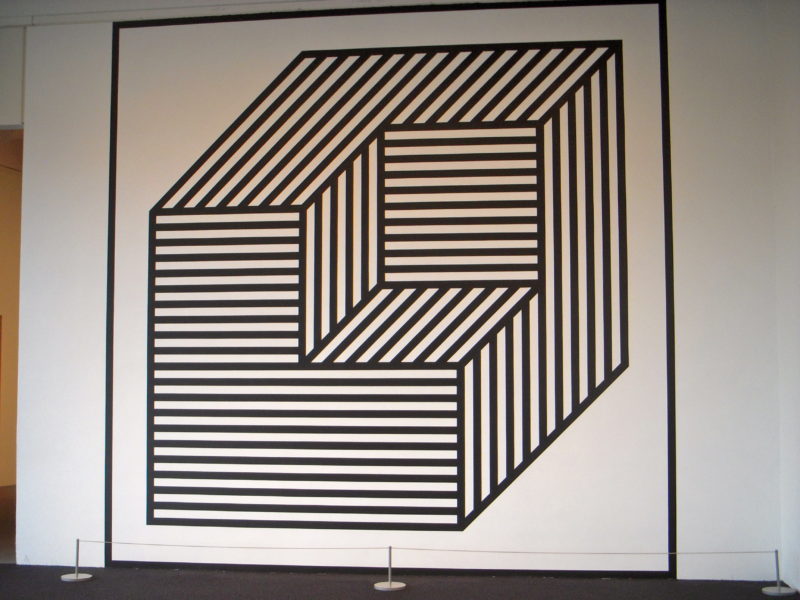
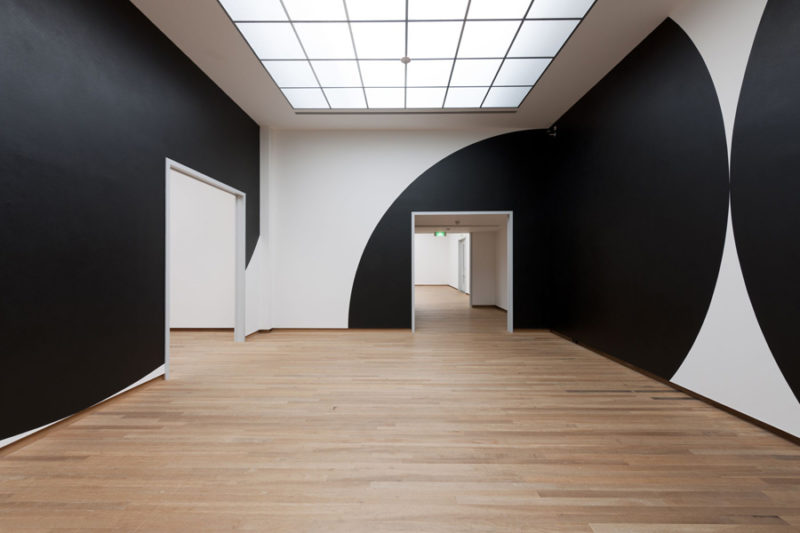

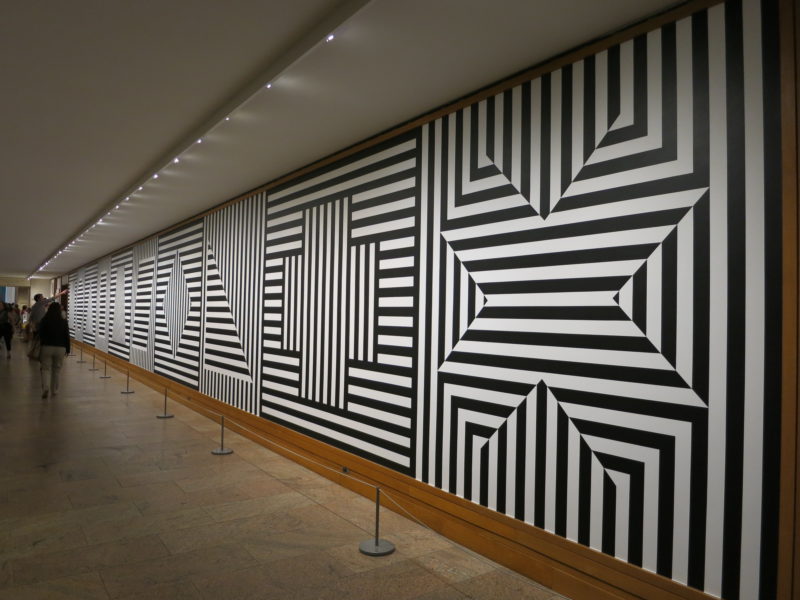
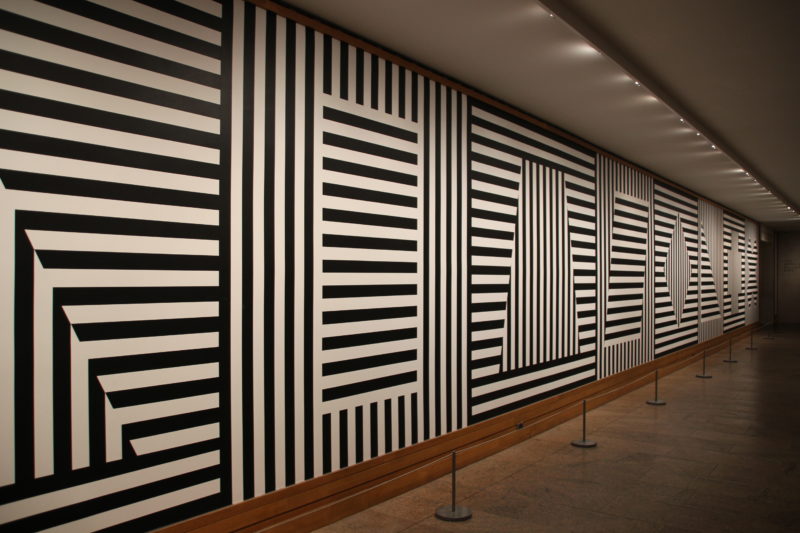

Stars with three-, four-, five-, six-, seven-, eight-, and nine-points, drawn with a light tone India ink wash inside, an India ink wash outside, separated by a six-inch (15 cm) white band (A-G)
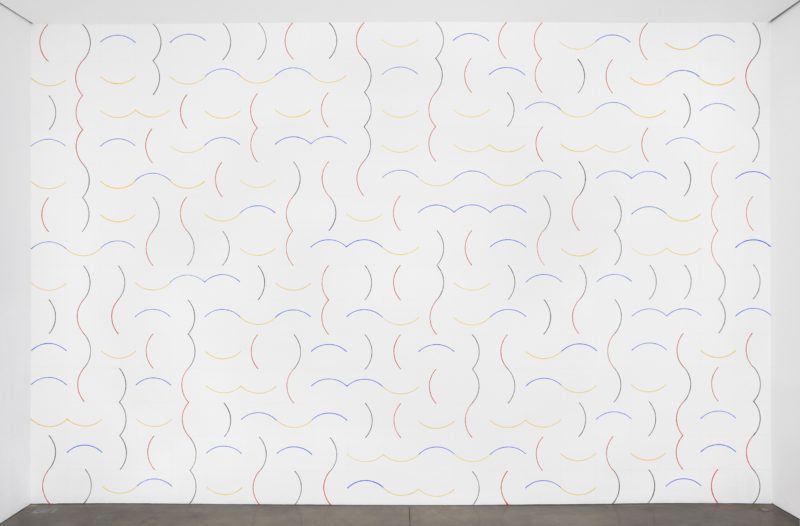
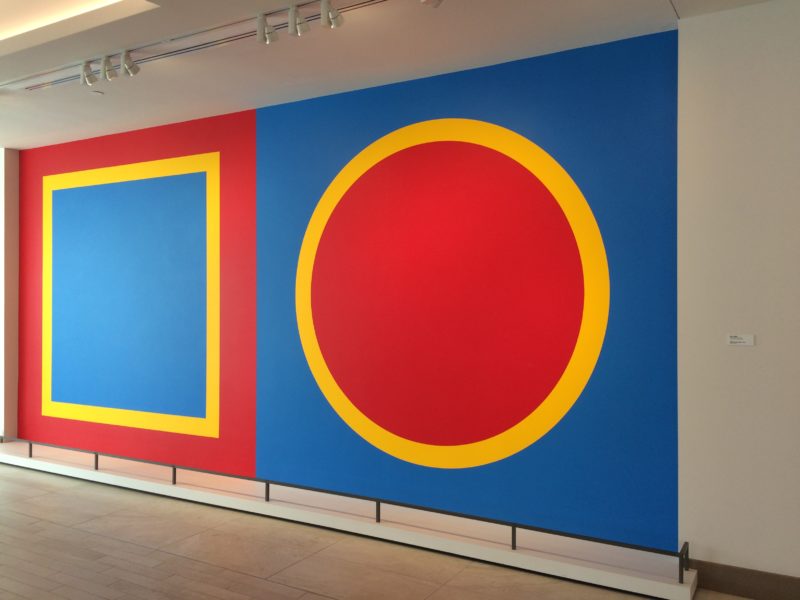
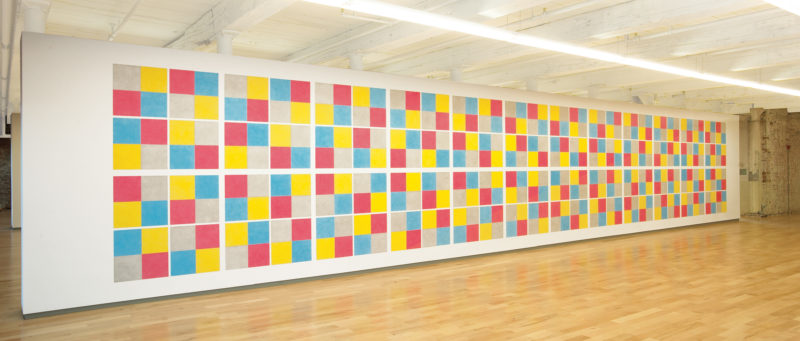
Drawing Series IV (A) (24 drawings)

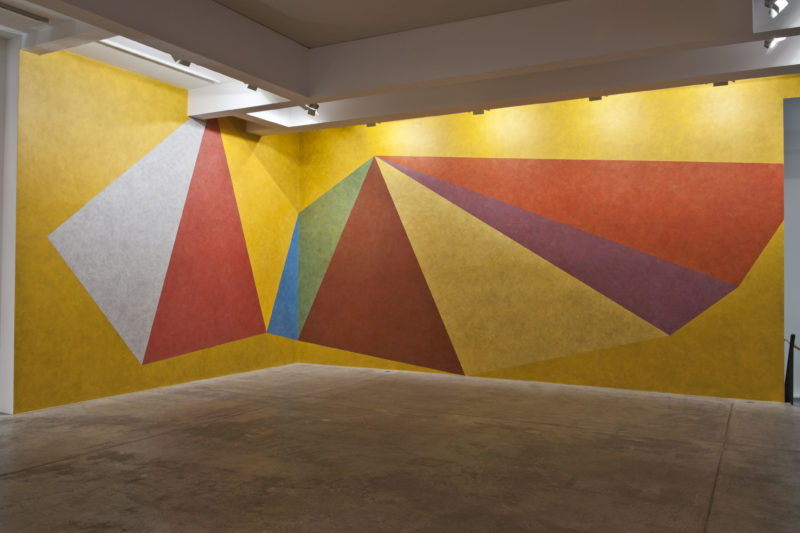
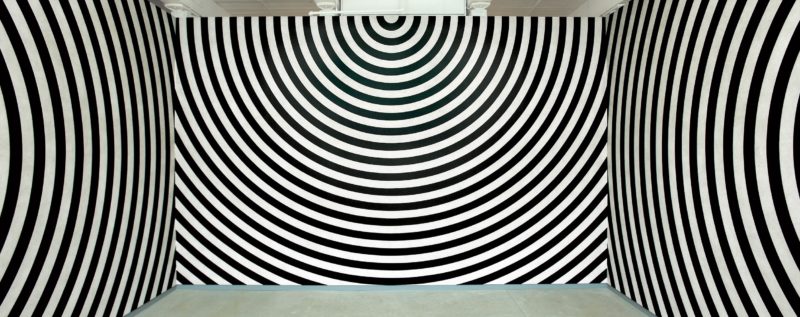
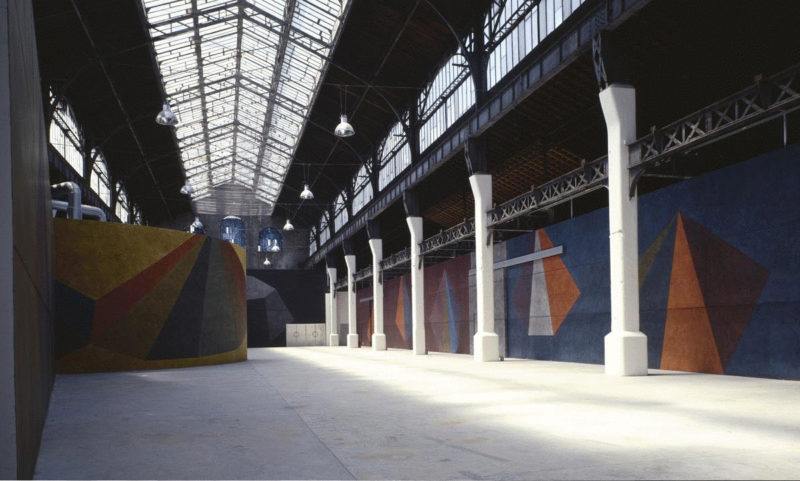
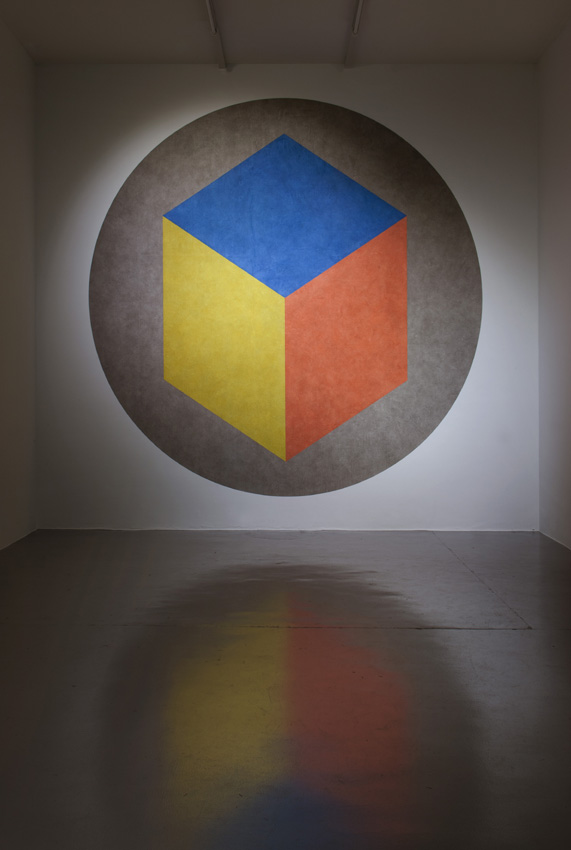

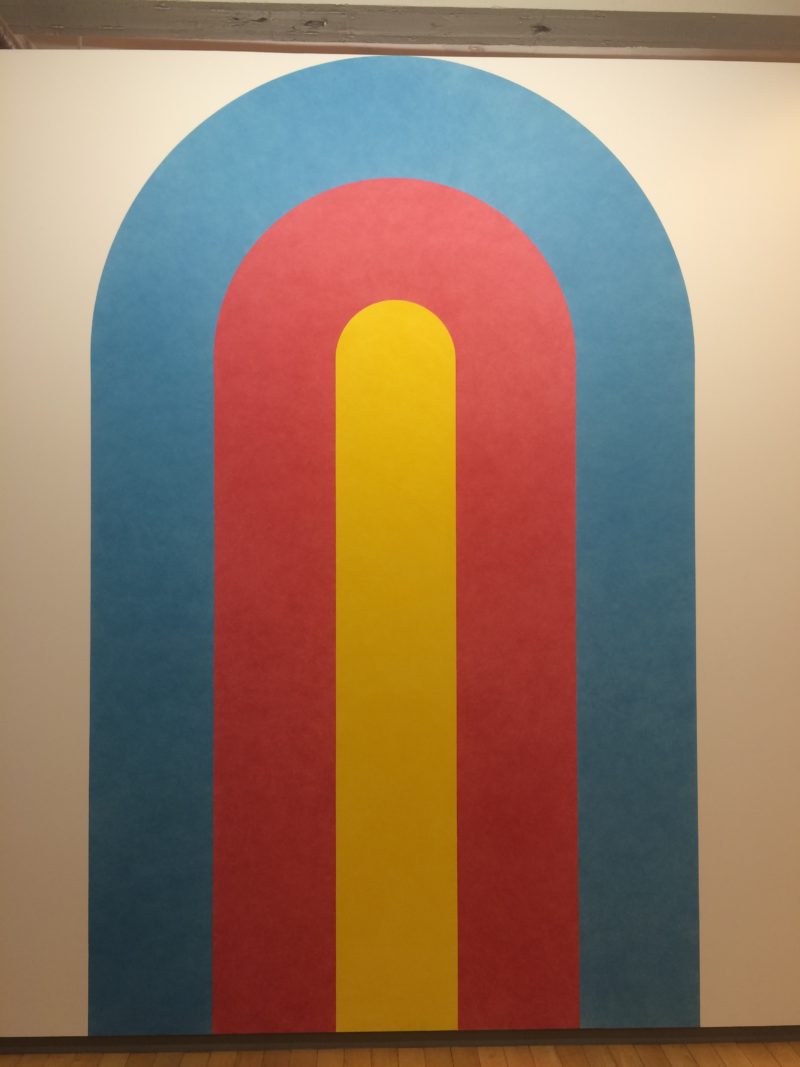
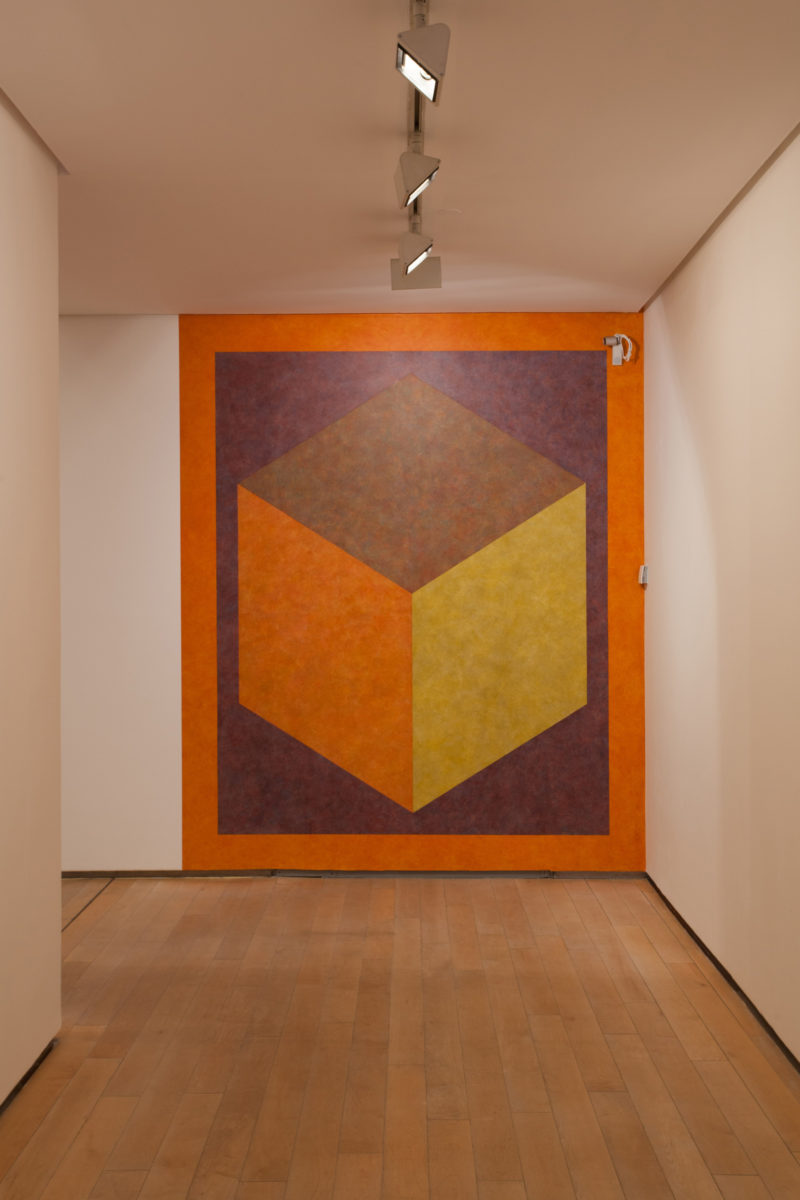
Form derived from a cubic rectangle, with color ink washes superimposed
1990s
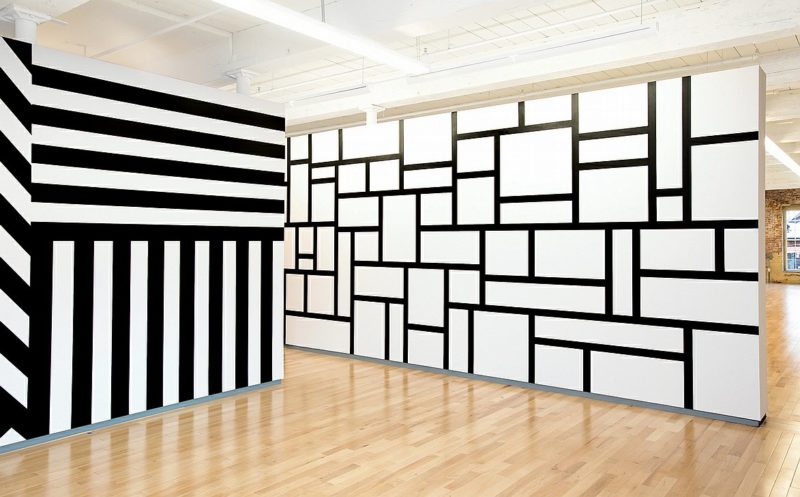


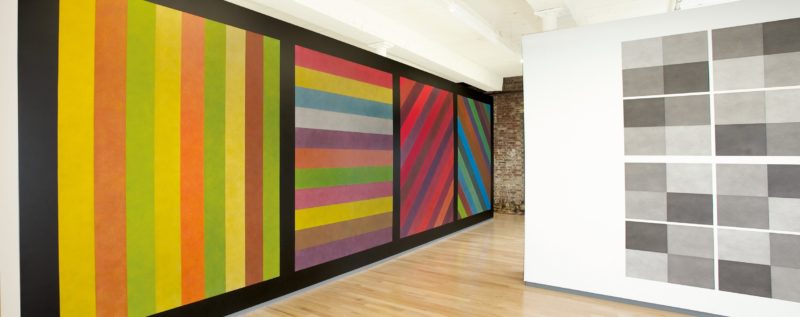
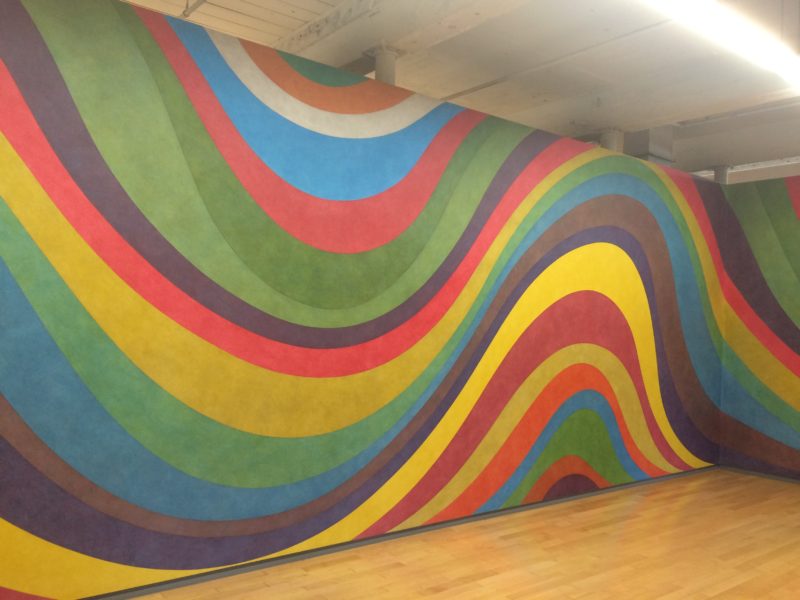
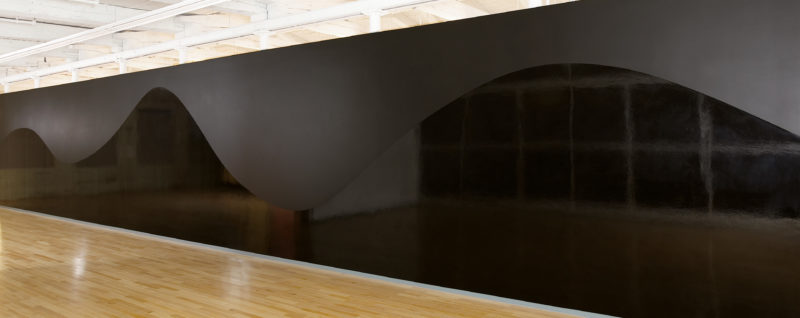

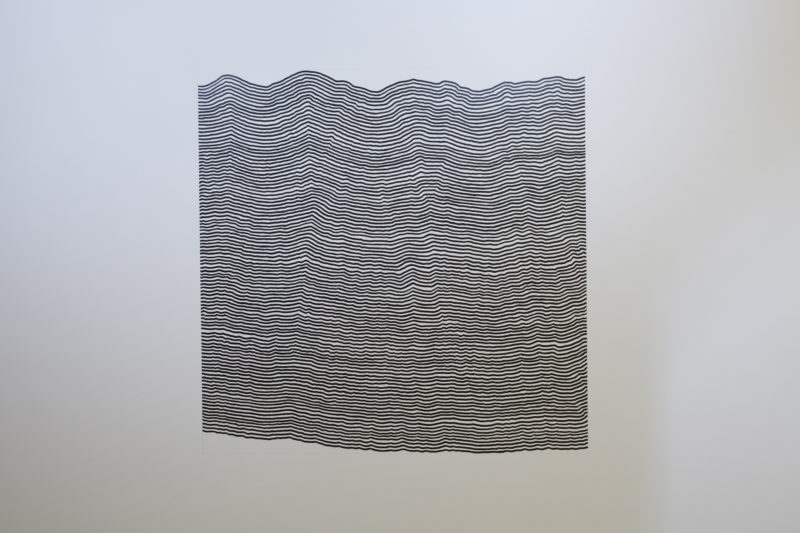
Copied Lines. From the top of a 48-inch (122 cm) square, draw a not straight horizontal line. The line is black. The second line is drawn beneath the first line, as close as possible, imitating the first line. The next line is drawn beneath the second line. Continue copying, until the bottom of the square is reached
Marker or crayon, pencil
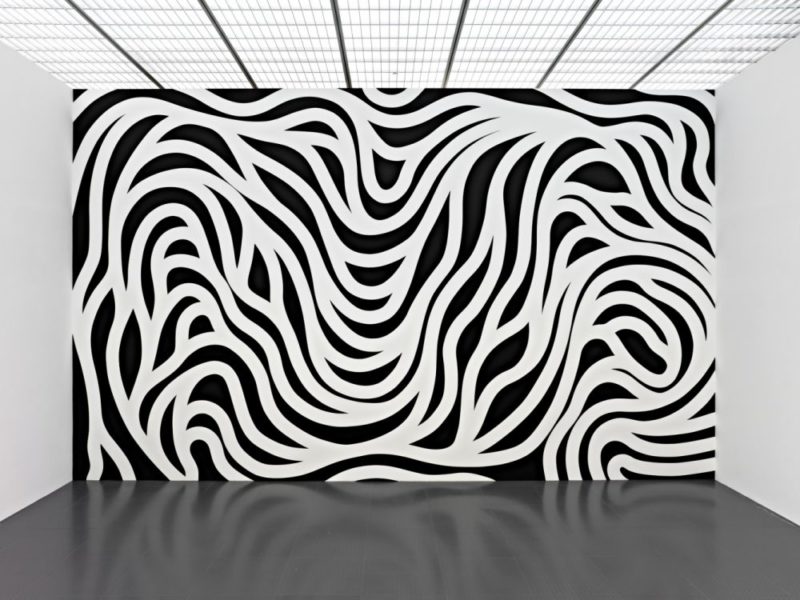
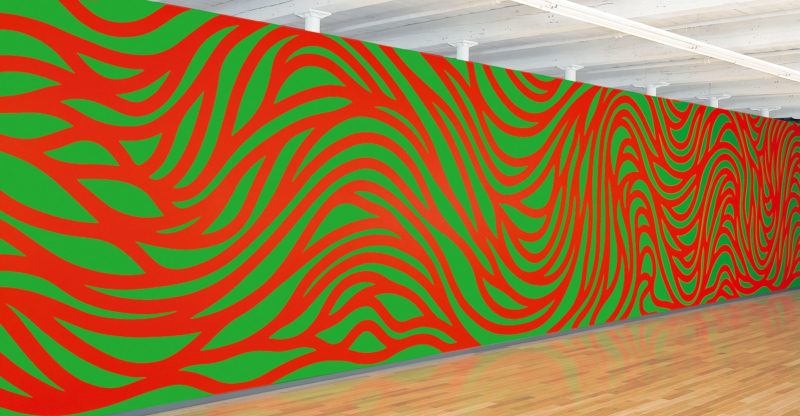
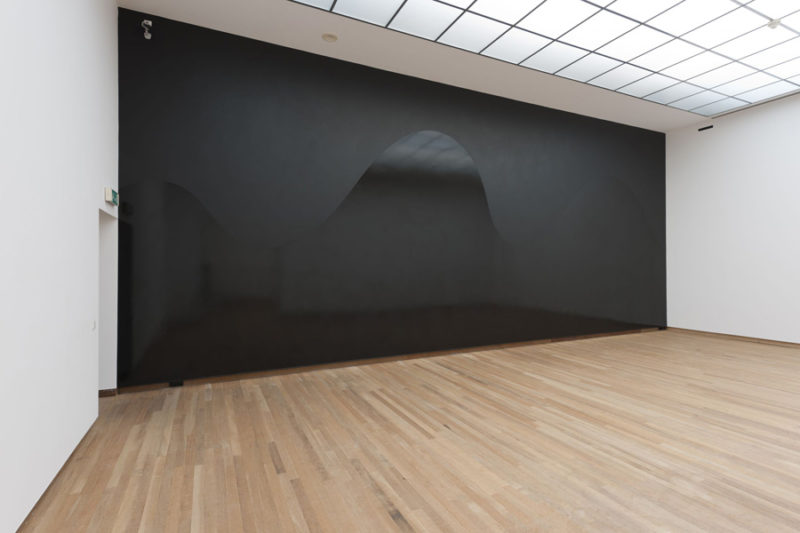
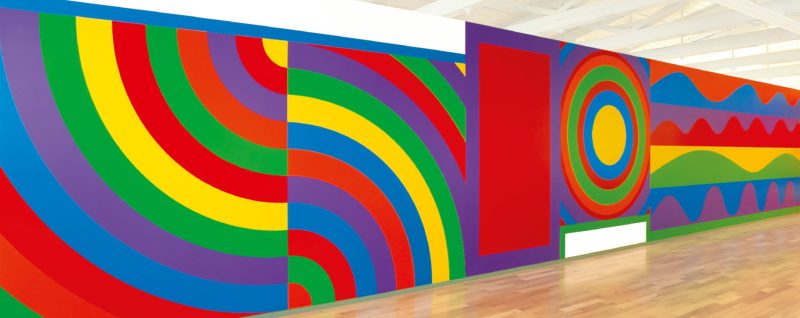

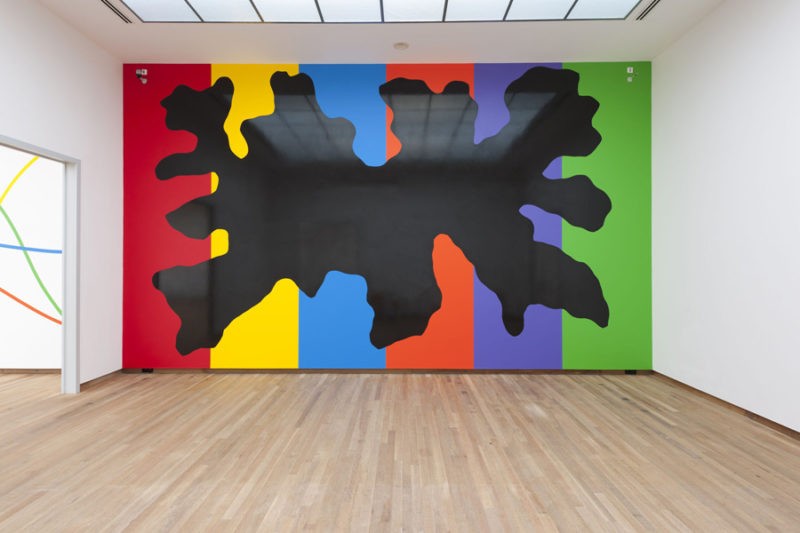
2000s

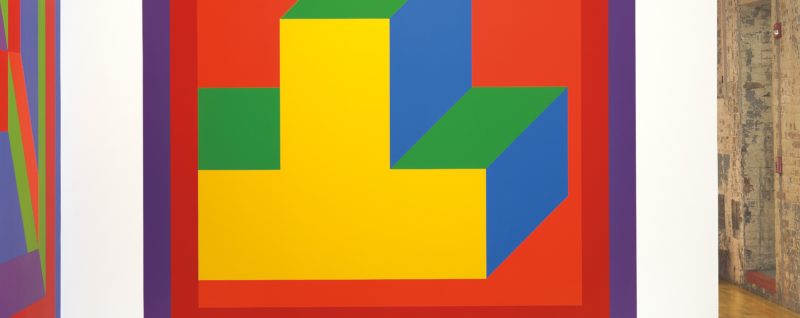
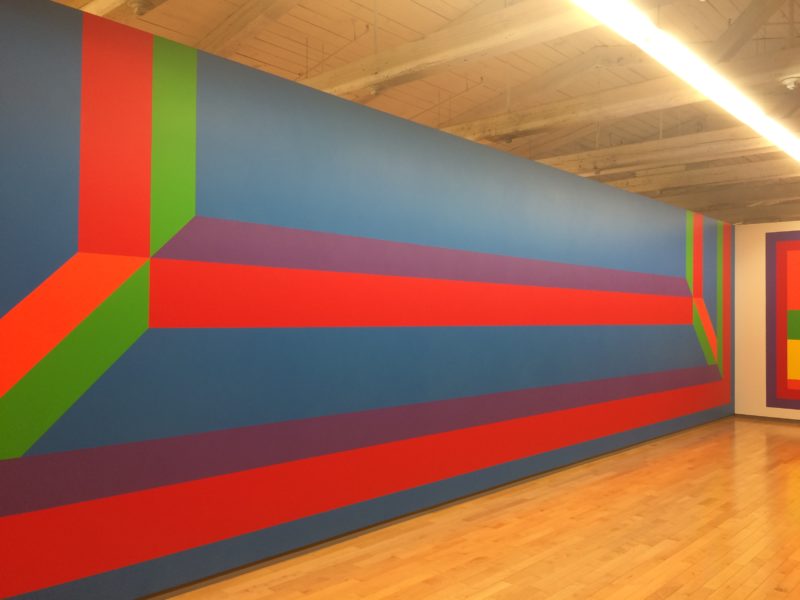

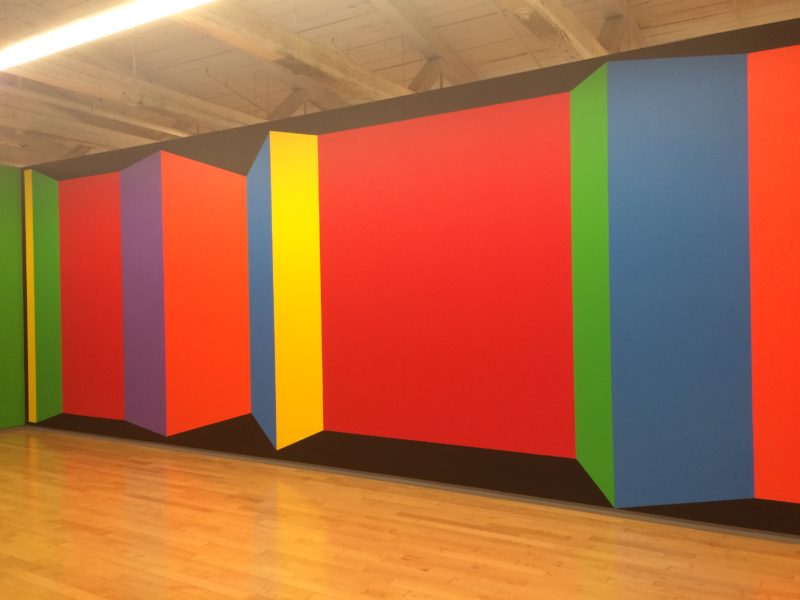
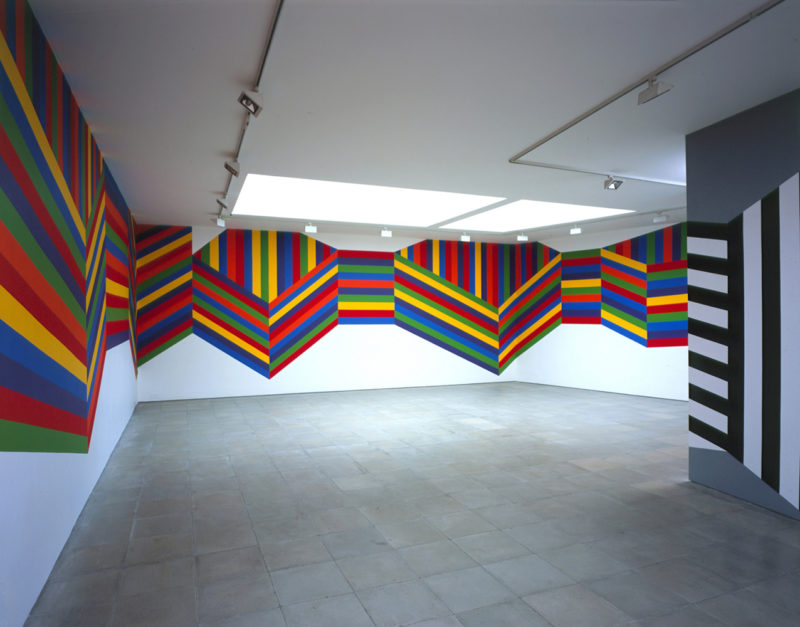


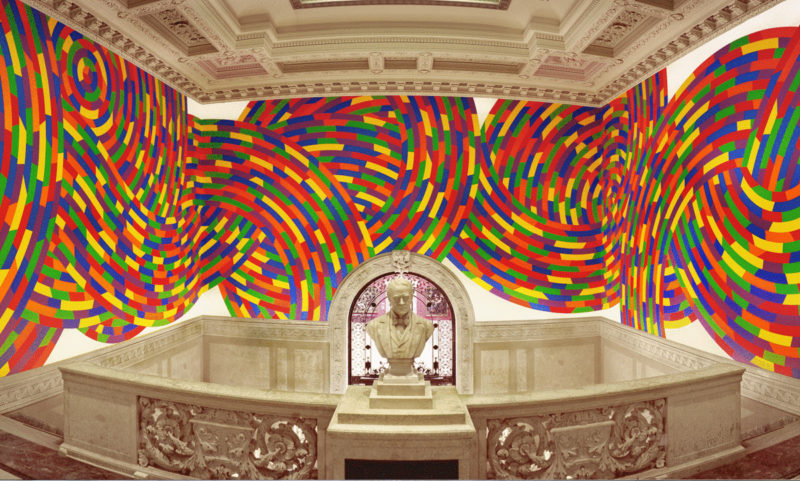
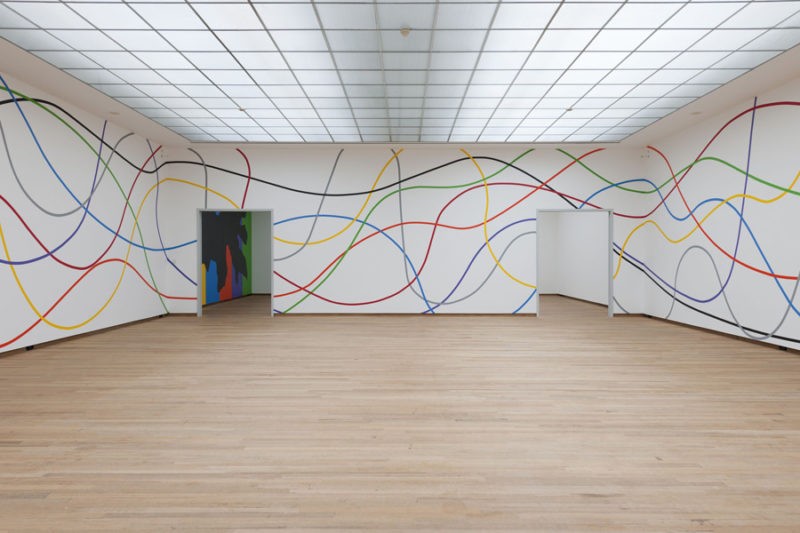
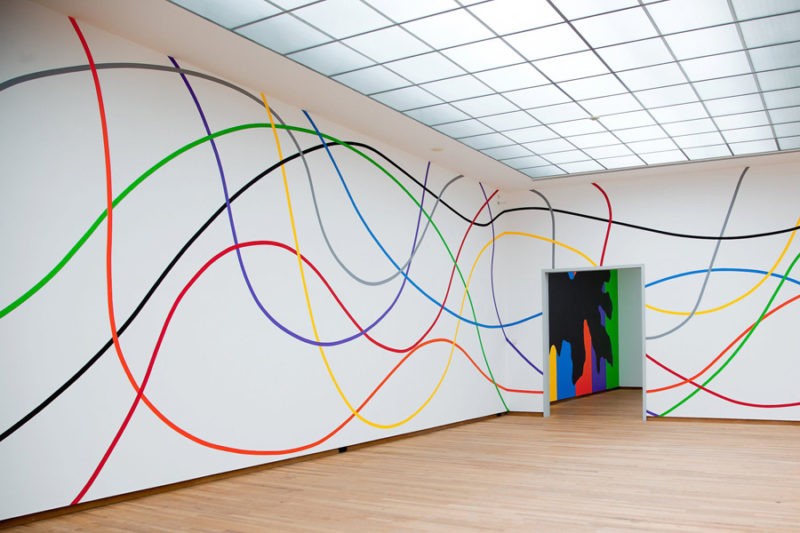

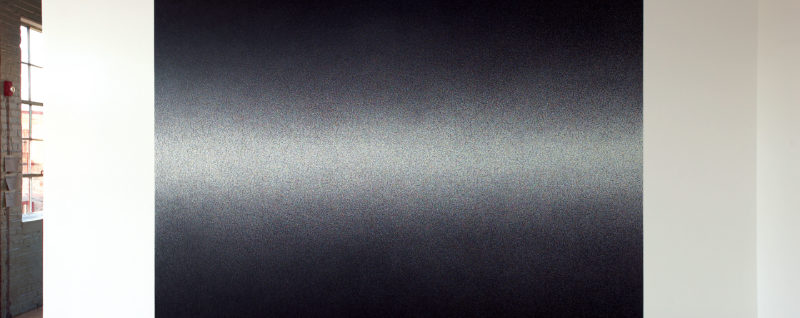



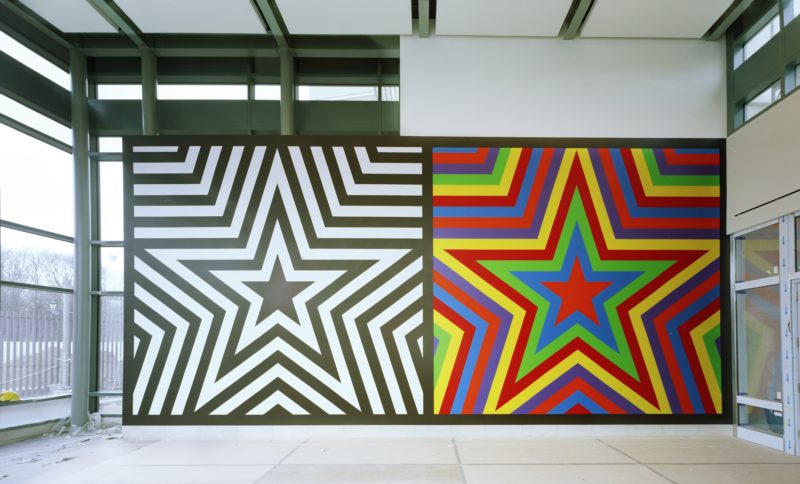
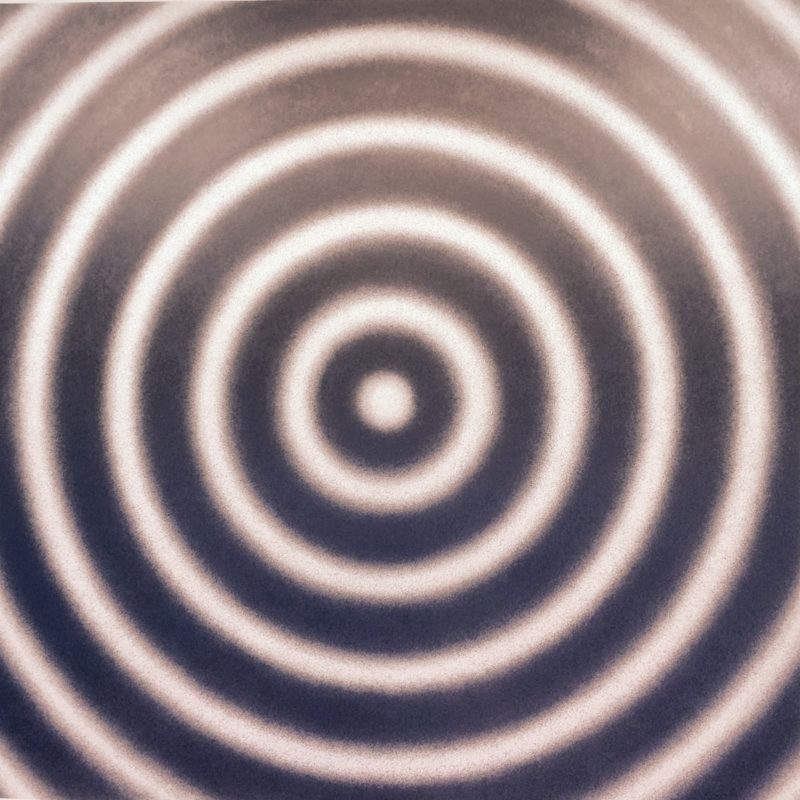
All images by the Estate of Sol LeWitt/ARS unless otherwise noted.
Footnotes
- https://en.wikipedia.org/wiki/Conceptual_art
- https://en.wikipedia.org/wiki/Seventeen_(American_magazine)
How Is Sol Lewitt's Line In Wall Drawing No. 681 C Best Described?
Source: https://publicdelivery.org/sol-lewitt-wall-drawings/
Posted by: perezfaber1942.blogspot.com

0 Response to "How Is Sol Lewitt’s Line In Wall Drawing No. 681 C Best Described?"
Post a Comment